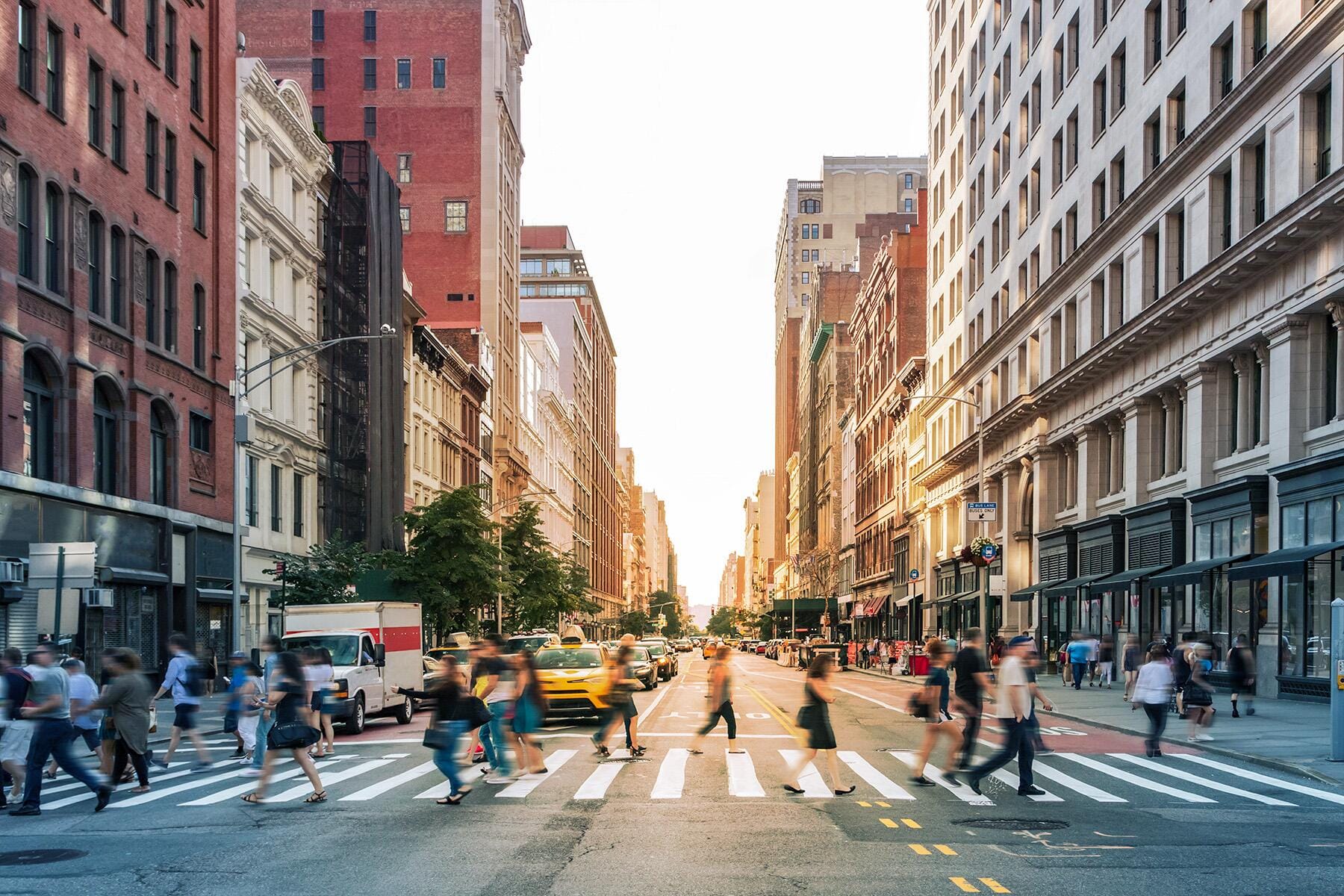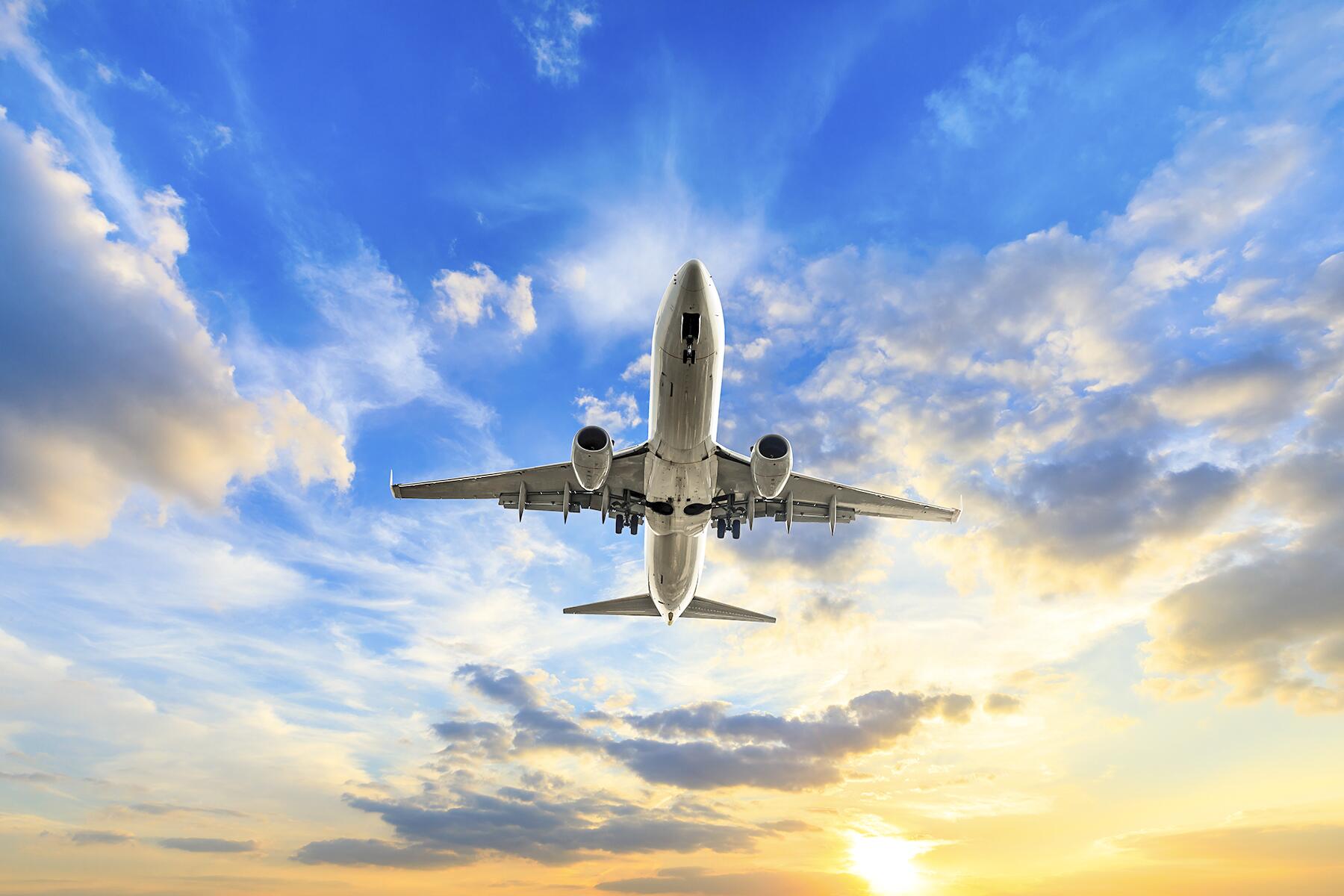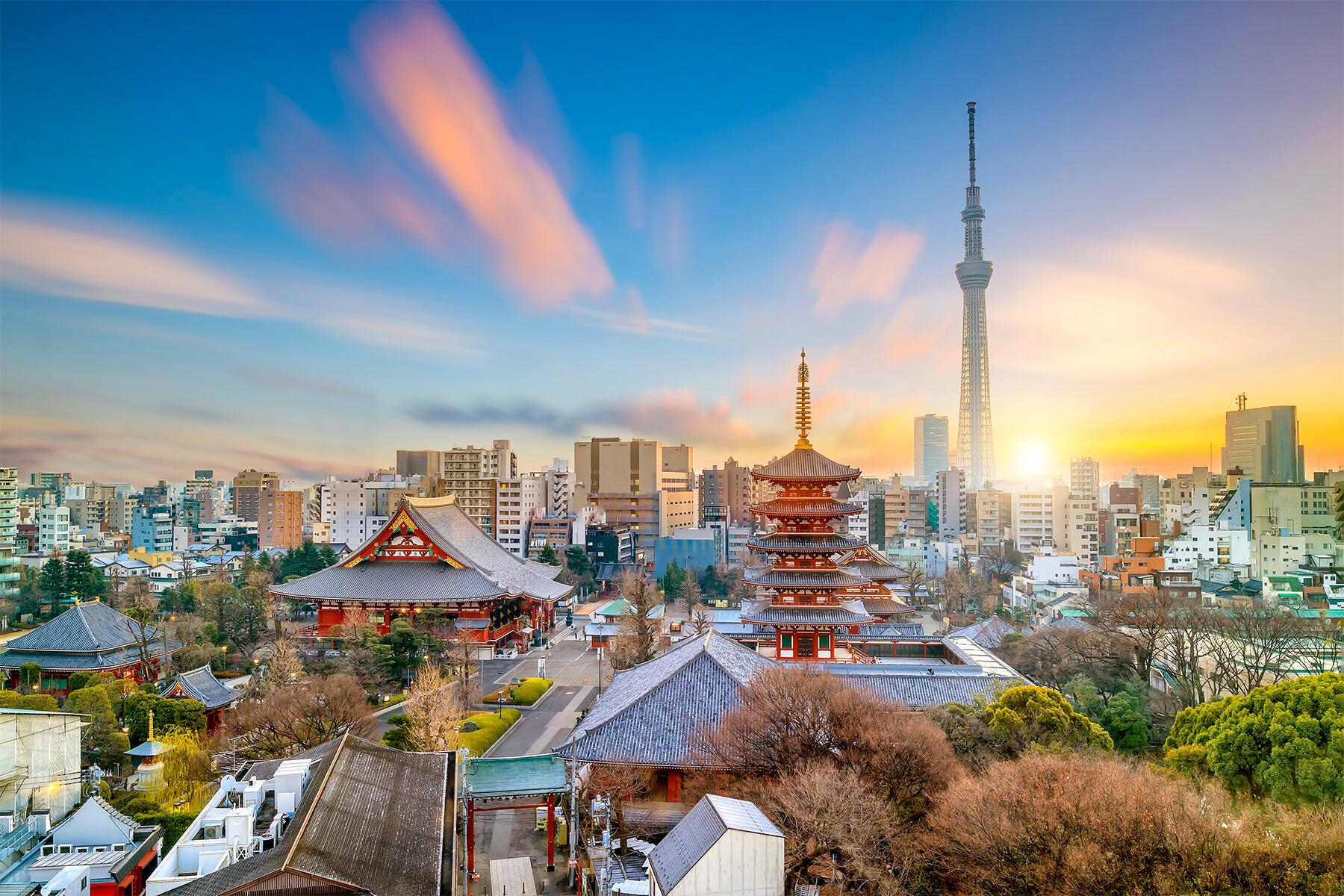“Irasshaimase!” (いらっしゃいませ!) Welcome back to Japan!
After almost three years, Japan has finally completely re-opened its borders to international travelers. And let’s be honest: Japan shut down their borders far longer than most countries; the borders are open again because the yen is getting crushed by the dollar. The economy is extremely weak: According to the French newspaper Le Monde, Kyoto’s “deficit for the fiscal year ending in March 2022 is expected to be around 50 billion yen (about $440 million), which will be added to the 860 billion yen ($7.5 billion) of accumulated debt.” Kyoto is literally on the verge of bankruptcy: it needs foreign tourists.
Pre-pandemic, it was 104 yen to the dollar. Today? 148 yen to the dollar. It’s a great time for a more affordable trip to Japan than it has been in decades.
While that’s good news for you, many Japanese are ambivalent about allowing foreigners back in. COVID rates are going up, and while hospitalizations and deaths are more or less stable, people are still getting sick. There’s a widespread recognition that foreigners may worsen matters.
The Japanese National Tourist Organization (JNTO) has recently issued a visual guide to how you are expected to behave in “post”-pandemic Japan. JNTO’s guidelines include taking your temperature daily and not using public transportation during peak hours.
It’s also the unspoken rule that you’ll need to follow to enjoy Japan during this precarious period. After all, since federal and prefectural governments remain vague about specifics, small business owners, from shopkeepers to restaurateurs to hoteliers, are honestly uncertain about how exactly to deal with the tens of thousands of foreign tourists.
Recommended Fodor’s Video
The Rules of the Game
First, the written rules. If you’re planning a visit that’s 90 days or fewer, you will no longer need a visa. According to a statement on September 25 from Chief Cabinet Secretary Hirokazu Matsuno, “We will require submission of either a certificate of the third dose of a vaccine on the World Health Organization’s emergency-use list or a negative test certificate from a test taken within 72 hours prior to departure abroad.”
Once you’ve stepped out of Tokyo’s Narita or Haneda airport and boarded a train, bus, or taxi to the heart of the city, be prepared to wear a mask at all times. While it may not be required, assume it is. Many bars, restaurants, cafes, clubs, and hotels require masks; bring plenty. It is expected on all public transportation.
Staying at hotels will definitely not be like it is in other countries around the globe.
The Imperial Hotel, one of Japan’s most famous and prestigious addresses, provided Fodor’s with guidelines that other properties are also requiring of guests. “Regarding [COVID] precautions, when staying with us, please be certain to regularly disinfect your fingers and wear a mask. When moving about inside the hotel or using facilities such as our restaurants, we strictly request guests to observe a number of important precautions and disinfect their hands while wearing a mask.” It may not end there: “Further requirements will be advised as they evolve.”
At Park Hyatt Tokyo, the property made famous in Lost in Translation, general manager Herve Mazella told Fodor’s, “We are gradually extending more and more flexibility as opportunities arise. For example, the number of available seats in restaurants is gradually returning to normal. In the gym, masks used to be required in all areas, but they are no longer needed when using aerobic machines as we have partitions installed in between, following FAI [Fédération Aéronautique Internationale] guidelines.”
Some restaurants are not only making increasing use of food delivery apps, such as UberEats and Demae-can, but are adding food trucks to their culinary repertoire.
Japan historically has been a nation where cash is king, but since the pandemic, credit cards and phone apps are increasingly used to encourage contactless transactions.
In Kyoto, the city government has added live cameras to avoid crowds, which you can access here. It’s for both tourists and residents and is meant to address Kyotoite concerns about surging crowds, even pre-pandemic. Try to venture outside the city center, which is often as jammed as a packed dance floor (no exaggeration) in popular Nishiki Market, Gion, and Pontocho alley. If you go along the Philosopher’s Path, you’ll have a less congested experience, as it stretches along a thin canal beneath lovely cherry trees, from the Silver Pavilion to the Nanzen-ji temple.
Kyoto is notoriously ambivalent about the surge of tourists that started about five years ago. The city even added a municipal accommodation tax in 2018 on all guests.
And that is pretty much all you’re being told officially.
Reading the Air
Kuuki o yomu (空気を読む), translated as reading the air, is a cultural phenomenon that informs much of social organization in Japan. We all communicate nonverbally; the Japanese take this fundamental human characteristic and use it as the bedrock of interaction to inform day-to-day behavior.
As you encounter, observe, and participate in “post”-pandemic Japanese life, you’ll benefit from sussing out unspoken expectations and doing your best to adhere to them.
Tips For Visiting Japan Right Now
Buy a Suica or Passmo Card
For contactless purchases and looking more like a resident than a tourist, buy a Suica or Passmo card; these are a Japanese version of a temporary credit card and can be used to pay for subways, trains, taxis, in convenience stores, and with vending machines. You can buy the cards via machines at the airport and subway stations and refill them as needed. I swipe these briskly at the entrances to the subway or JR train lines and stride in like a person who’s lived here for years.
Keep Your Distance
Even before COVID, Japan wasn’t a warm and fuzzy country, given to boisterousness. Outside of clubs, silence is de rigueur. The country, at times, is like being on an Amtrak Quiet Car. Rooted in Zen Buddhist and Shinto traditions, respectful silence and lots of personal space ensure that individuals can be safe, which is especially important these days. Don’t use your cell phone on trains, and keep your voice down to a whisper.
Don’t Take Anything Personally
You are in the vanguard as a visitor to a nation that barred foreigners for nearly three years. People will stare at you critically: Are you fully masked with your nose covered? Are your hands clean?
If You Have Tattoos or Piercings
Historically, tattoos are associated in Japan with yakuza, the country’s organized crime organizations. So, if you have visible tattoos and facial piercings, you are suspect. Tensions are heightened with what is to be certain a flood of tourists, and when you try, for example, to enter an onsen, or hot springs center in a hotel or city, you may not be allowed in.
Cash Withdrawals and ATMS
Your ATM card will not work in most Japanese bank ATMs; it’s a closed system to foreign banks. You can get cash through international bank ATMs and ATMs inside 7-Elevens.
Mask Up Everywhere
We’re not kidding about masks. Rochelle Kopp, the Japan-based head of Japan Intercultural Consulting, a company “specializing in cross-cultural communication,” told Fodor’s: “The key thing for visitors to expect is that people are going to be extremely sensitive about masking. For the most part, people here are continuing to mask pretty much everywhere, and especially on public transportation.”
Kopp also says, “[Local] awareness that people overseas have mostly stopped masking, and news reports showing people overseas without masks, was probably one of the reasons that it took so long for Japan to open its borders to tourists. Many Japanese are not looking forward to having lots of unmasked visitors in their midst. ‘When in Rome do as Romans do,’ and mask up while in Japan. It will make the Japanese more comfortable and will show your respect for the customs.”
So, yes, indeed, “Irasshaimase!” you are most welcome in Japan, but no hugging, and keep your face well-hidden.



